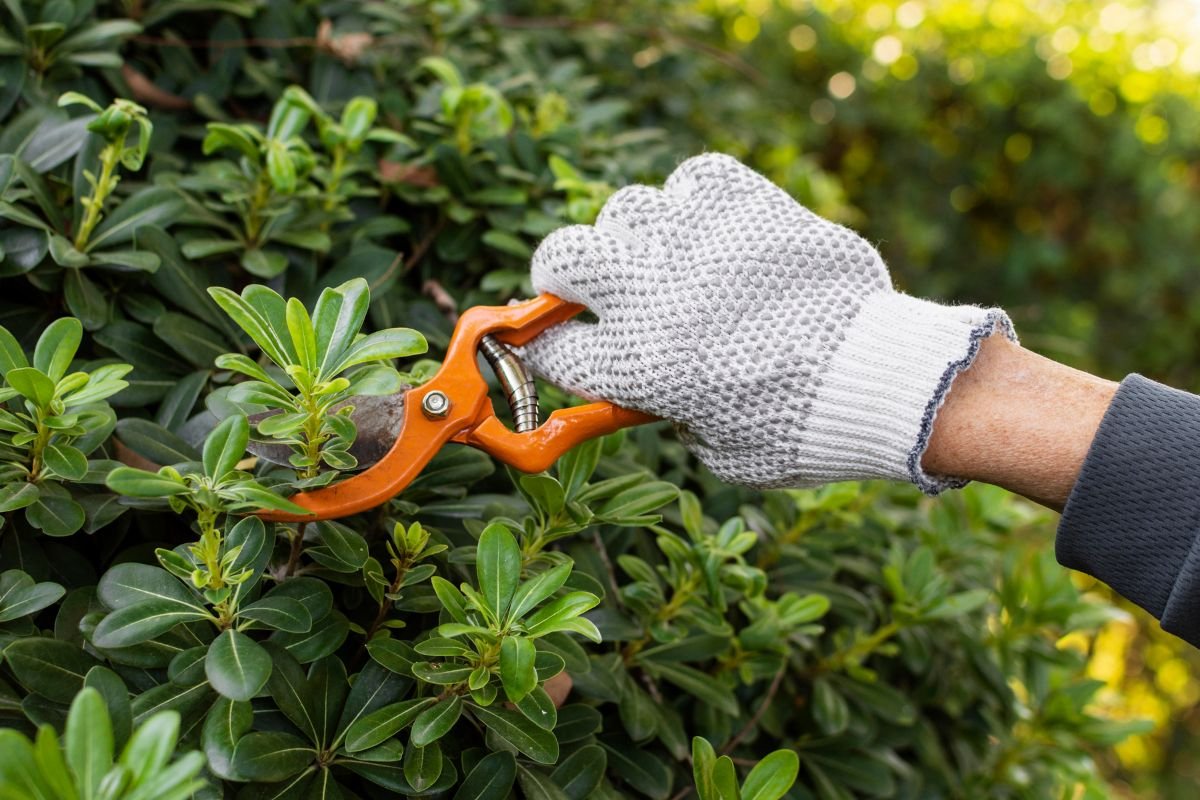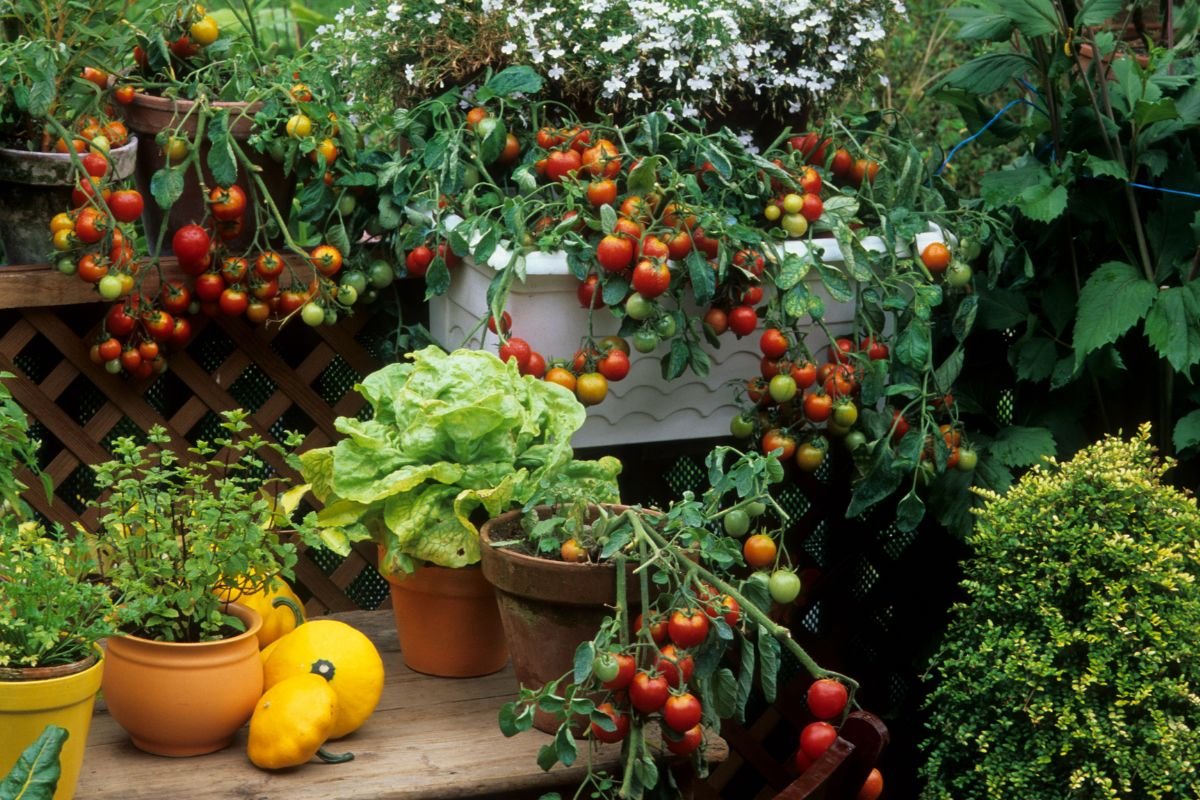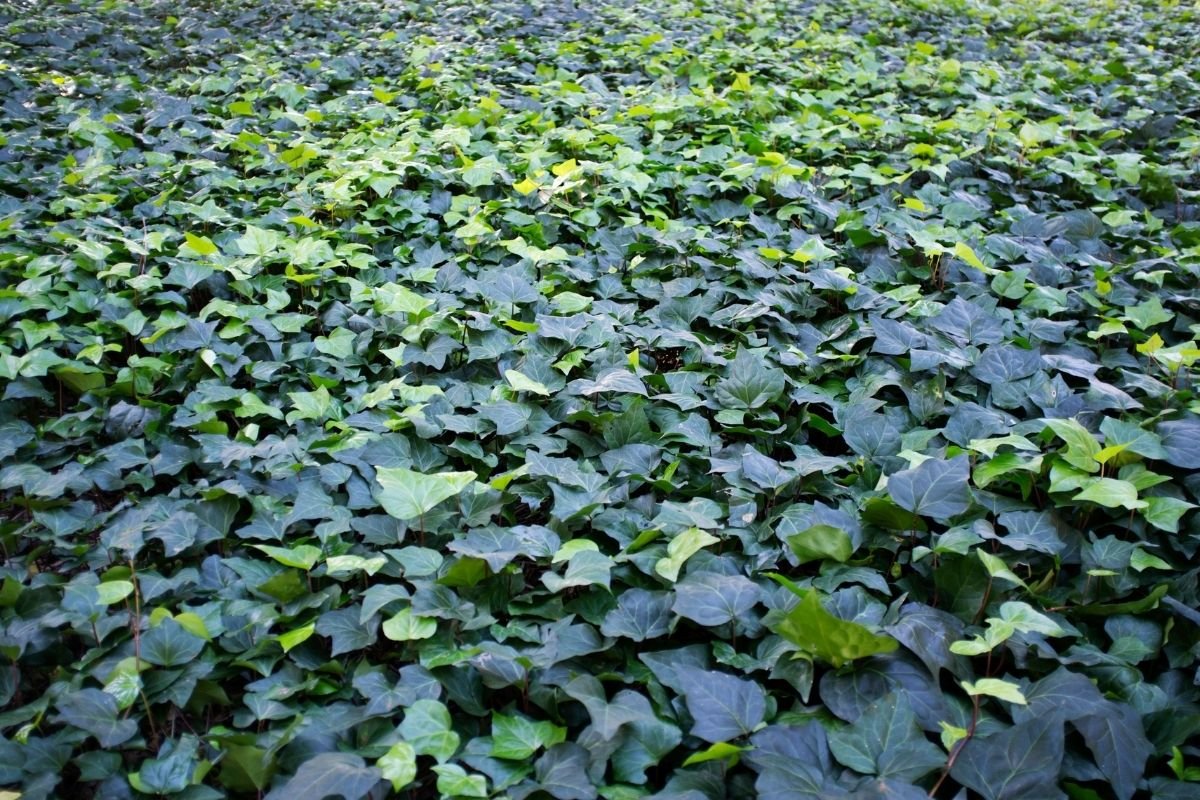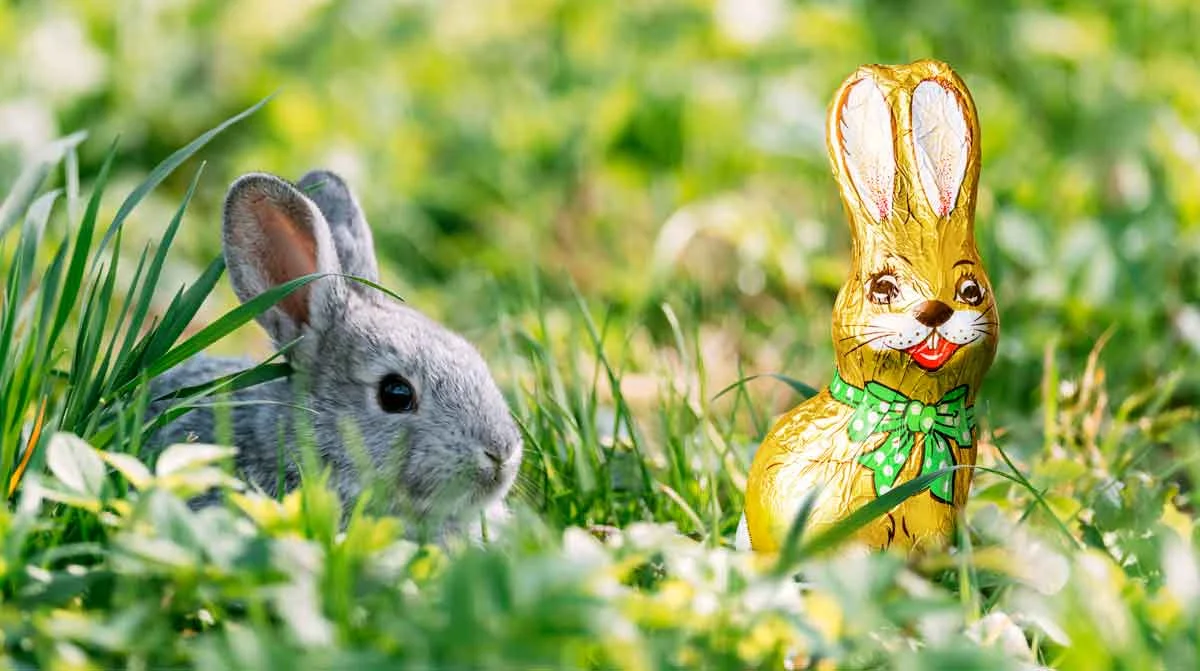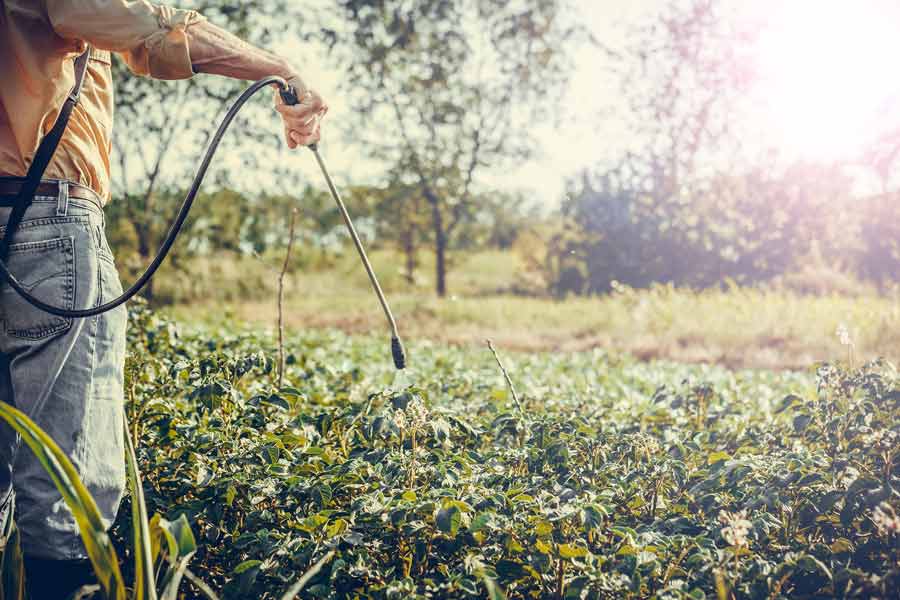In our previous post, we discussed the things to consider when raising chickens in your backyard. Today, we’ll dive deeper and discover how you’re supposed to take care of them like any other pet or domestic animal. Most of us have probably cared for a pet or an animal at some point, so we mostly know the responsibility it entails and how to ensure their welfare.
Chickens are full of character, very cute to hold and make soothing cooing noises through the day, but they do require ongoing checking, sometimes grooming and obvious things like clean food and water. There will also be vet or medicine costs associated with any problems that arise.
Chicken-Specific Problems
Chickens have their unique benefits like eggs and eating all your scraps, but they also are prone to a few particular problems, even if things go well.
Lice or mites
Chickens like to dig in the soils and scuffle under plants, so they can catch little pests which love to burrow in their plumage. Sometimes chickens you purchase or are given may already have them so be very careful to check because it is hard to get rid of mites once you have them. Hot tip: Dusting chickens with diatomaceous earth is a great way to naturally kill mites and pests without any chemicals and can also be spread in nesting boxes and around the coop.
The mud
Chickens love digging and rooting around in the ground so depending on the enclosure size, they can quickly reduce your ground to mud or barren earth. This can be messy in wet months and be an eyesore, so consider how you want your coop viewed and where you want them to live. They also drag all sorts through their water source too, so you need to keep this clean often.
The droppings
Chickens create a fair bit of manure, which is great for your garden compost. Be aware though that the proliferation of such organic material does attract flies, so your placement of the coop should consider this (even the neighbours might notice!) and you will need to have a constant system to remove the droppings from their coop and general area. If you’re not using it for your garden, consider bagging it and selling it or giving it to neighbours. Just a note too: Chickens have Campylobacter bacteria (among others) as a natural part of their digestion so their waste contains this naturally. Proper cleaning is a must to avoid any spreading of bugs to you, and your kids need to make sure they have thorough hand washing techniques especially if it is their job to clean the coop out.
The great escape
Chickens aren’t that bright but know how to get out and see the world easily enough. They will escape to neighbours, visit neighbouring coops or just run in the house if they get the chance. Therefore, the security of your coop is important for protection, especially if you or the neighbour has a dog. Clipping of the feathers on one wing is the best way to upset their flying attempts, they are discouraged from retrying after a few failed attempts. Think about how to enclose them economically in your property and take into consideration the cost of any timber fencing, mesh and, of course, the coop itself.
Predators and rival birds
Chickens aren’t great fighters (although Roosters are) when it comes to a predator. There is the danger of some cats, rats, dogs, mice and, in rural areas, even Harriers can attack small chickens, so keep an eye out for any signs of uninvited guests. Rats and mice do all sorts of damage to property, but they also bite chickens and eat their food. Sparrows can be known to clean out a chicken feeder in hours so best to feed your chickens by hand rather than leave food lying about.
No men allowed
Let’s be clear, keeping chickens for pets or backyard eggs does not include a male of the species; this is a different job altogether! Roosters crow at all hours (not just early in the morning) so there may be noise restrictions by some councils. Plus not all roosters are kind loving male companions (they do exist!), but some are pure bullies, often mating the female against their will and harassing your hens most of the day mercilessly. There is no school you can take such a bird to improve his temperament, he would have to be disposed of. Not to mention raising chicks takes your hen off the lay for a substantial time while she is broody and raising them. And of course, you might get more rival roosters so the circle starts again! Roosters also ensure the spreading of lice, mites and disease through the whole flock by contact alone. Hens have a more desperate pecking order too, picking on weaker hens even more so when there is a male around.
The circle of life
Chickens are susceptible to father time just like us, and sometimes fall ill or even die unexpectedly. This is a natural part of pet care, but you may have to euthanise a beloved old chook sooner than you realise. One advice would be to get the bird to your vet, just like any other domestic animal. While it’s traditional to cull/eat older chickens, putting an animal down humanely is not easy for beginners and it can be traumatic for some. Preparing a bird for cooking takes a lot of time and work as well so its not necessarily saving you money. Chickens will live approximately four to eight years and are only productive (egg-wise) for about half of those.
In conclusion
You need to have a love of animals and have the time to put into your chickens to ensure their welfare and their productivity. As their owner, it is your responsibility to provide them with a humane and protected way of life, so consider this carefully before you jump in. Chickens are a wonderful animal with the benefit of eggs and there is something about raising them that feels so wholesome and natural. However, you will get your hands dirty and you will only get out what you put in. Check that chickens are a good mix for your busy or urban lifestyle.




